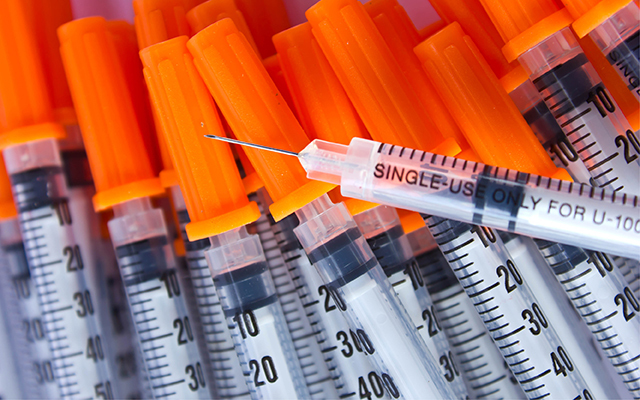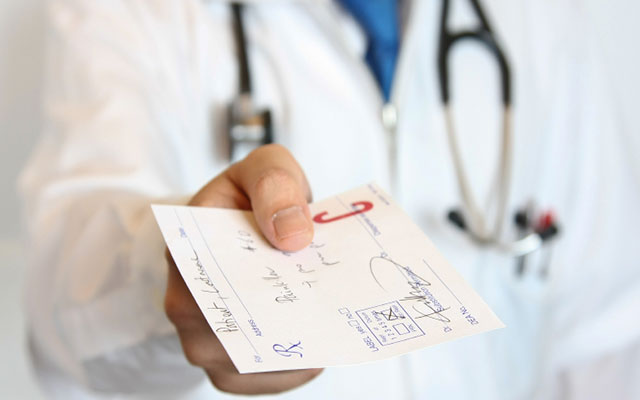Probably because I’m not particularly adept at any useful skill, I’ve always found the do-it-yourself aesthetic especially appealing. That ramshackle compost bin next to our garage and the ragged patio beneath our crabapple tree represent a kind of freedom from the perfectionism that can make our lives needlessly frustrating. This wabi-sabi appeal, however, extends only so far. Despite my love for a frothy ale, for instance, I’ve never been tempted to mix up a batch of homebrew. I’m not sure I’m ready for DIY insulin, either.
No, I’m not diabetic, but millions of my geezer peers suffer from the disease and need a life-saving drug that for many has become unaffordable. That harsh reality has sparked a movement of “biohackers” devoted to developing and sharing protocols for producing small batches of off-patent insulin and other biologic drugs at prices far below what Big Pharma now charges.
That may sound vaguely hallucinatory in light of the industry’s headlock on the FDA, Congress, and the American Medical Association, but to hear Jean Peccoud, PhD, and his colleagues at Colorado State University tell it, “DIY bio” is no hash-pipe dream. Writing in a recent issue of Trends in Biotechnology, Peccoud describes a revolutionary “innovation ecosystem” of citizen scientists, community biolabs, patients, and healthcare providers that he believes will change the face of the U.S. pharmaceutical market.
The Four Thieves Vinegar Collective, for example, has published directions for assembling a low-cost (about $30) epinephrine auto-injector with off-the-shelf materials. It’s also formulating instructions for making an automated lab reactor. The Apothecary MicroLab would allow patients to synthesize their own medications in small batches.
They’ve managed to avoid government scrutiny, Peccoud explains, because of a molecule-size loophole: “The FDA does not regulate online protocols for producing drugs or prototyping medical devices in the absence of a specific health claim.”
The stakes are higher on the diabetes front, where some 30 million Americans — 12 million of whom are seniors — rely on an increasingly expensive drug controlled by a Big Pharma cabal that has shown no interest in moderating its cost. “While many other lifesaving medications have become available as less-expensive generics,” he notes, “the high price of insulin is maintained in part by a small number of multinational corporations that dominate the insulin market and the complex and opaque pricing and supply chain.”
This has spurred the Oakland, Calif.–based Open Insulin Project to challenge the pharmaceutical status quo. The group has been working since 2015 to develop and distribute a protocol for making an off-patent form of the diabetes drug. It would open up a couple of inexpensive options for consumers: Individuals could “home brew” doses for their personal use, and pharmacies, health centers, and community biolabs could produce it onsite for their patients. A third option — making the protocol available to Big Pharma — is, for reasons obvious to anyone harnessed to a prescription, less likely to result in any cost savings.
The only way these biohackers could skirt both intellectual property issues and the tangled regulatory process is to promote small-batch homebrewing, an option even Peccoud admits is fraught. “The scenario of self-experimentation with unregulated insulin remains improbable, but the rising costs of this essential drug makes such measures of desperation more likely,” he writes. “It is difficult to track or engage with persons experimenting with unregulated pharmaceuticals in their own homes, but it would be prudent for regulators to engage patients and innovators in community biolabs to design adaptive oversight that fosters an ethos of responsibility.”
It’s ironic, I suppose, that Peccoud and his ilk are demanding responsibility from a tiny community of resolute biohackers who are motivated primarily by mitigating the irresponsibility of a rapacious pharmaceutical industry, but I get his drift. A nasty batch of homebrewed lager is one thing. A funky dose of kitchen-table insulin is quite another.




This Post Has 0 Comments